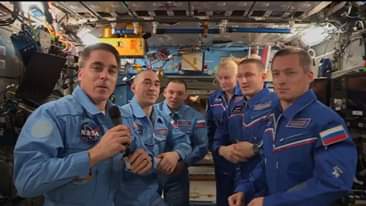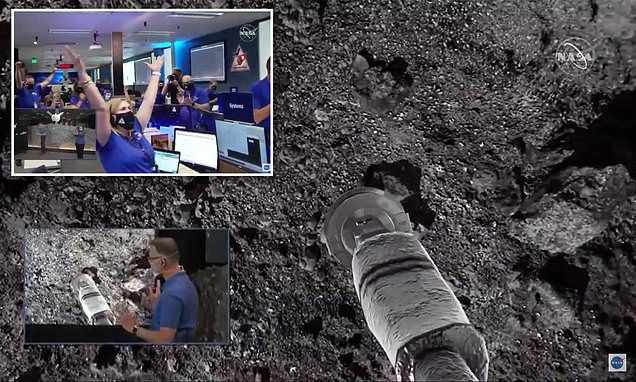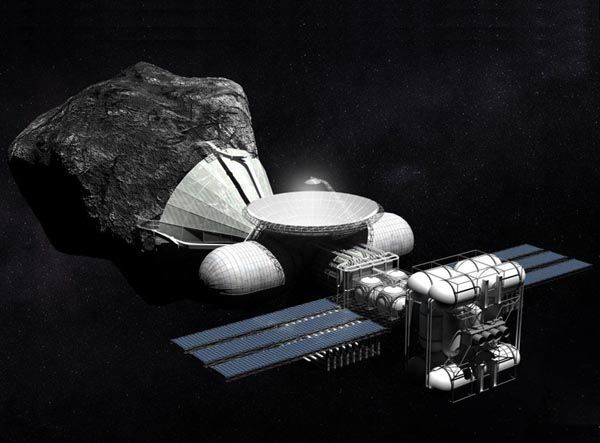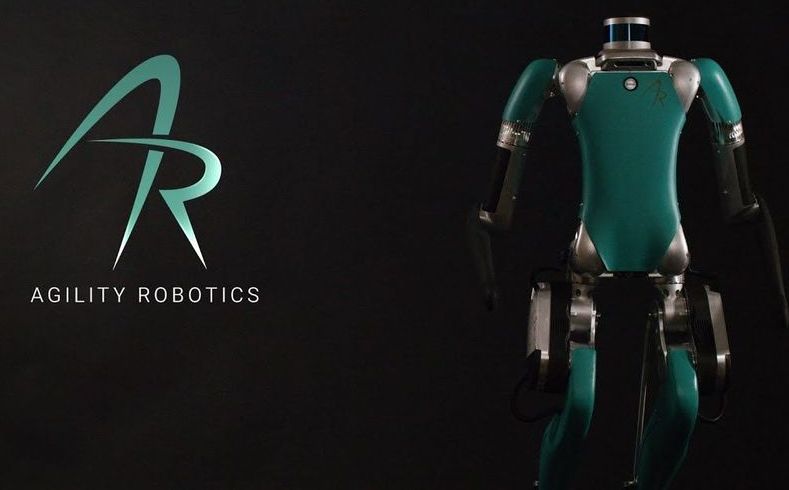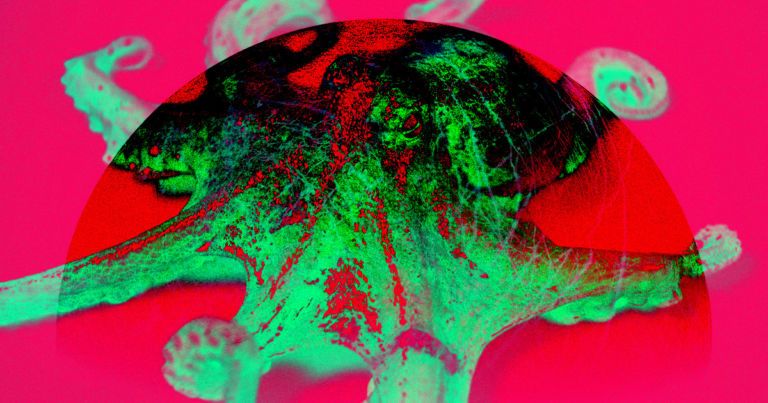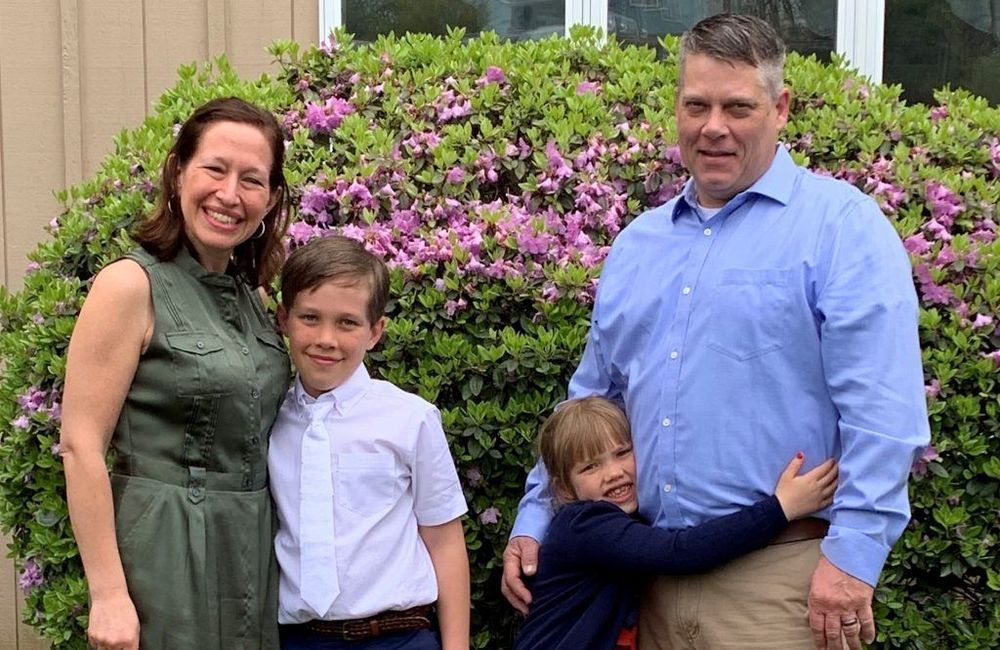NASA astronaut Chris Cassidy handed over station command today to Roscosmos cosmonaut Sergey Ryzhikov. Cassidy will return to Earth on Wednesday with two Expedition 63 crewmates. https://go.nasa.gov/2SWS3Ob.
NASA’s OSIRIS-REx spacecraft has made a historic touchdown on the asteroid Bennu, dodging boulders the size of buildings to collect samples from the surface for several seconds before safely backing away Tuesday evening.
The meticulous descent took 4.5 hours and by 6.12pm the spacecraft made touchdown where its 11-foot robotic arm acted like a pogo stick and bounced on the asteroid’s surface to collect dirt and dust before the craft launched back into space.
The crucial minutes in the mission started around 5.38pm when the spacecraft extended its arm and cameras toward the asteroid’s surface. By 6pm OSIRIS-REx made matchpoint burn, the spacecraft’s key final maneuver performed by firing its thrusters to match Bennu’s spin to center itself exactly over the landing spot.
NASA DuAxel Rover
Posted in space
Unveiled by NASA’s Jet Propulsion Lab this week, this is the brand new DuAxel Rover 🚀 🙌
ALBUQUERQUE, N.M. — The president of Virgin Galactic gave state lawmakers an update Monday on the company’s progress toward commercial spaceflight.
Virgin Galactic President Mike Moses said the first test space flight from Spaceport America will happen sometime this fall, which is the final step before taking paying customers into space.
In a newly published policy paper, a pair of Canadian scientists warn that the United States is angling to establish itself as the de facto gatekeeper of the moon and other celestial bodies.
Earlier this year, NASA published a new set of rules for lunar mining and other space activities, dubbing the voluntary guidelines the “Artemis Accords.”
Aaron Boley and Michael Byers, authors of the new Science paper, argue that the Artemis Accords are part of a concerted effort by the U.S. and NASA to set a legal precedent for space-based resource extraction.
Watch this video. You’ll want to remember where you were when the uprising truly began.
Big Tentacle
Grady believes creatures could be living in glacial oceans underneath a hard shell of ice that’s up to 15 miles thick on Jupiter’s frigid moon.
Scientists have long suspected the existence of these deep subsurface oceans on Europa — and maybe even life. In fact, NASA announced in August that it’s completing the final designs for a Europa-bound spacecraft called Europa Clipper, which will look for signs of life.
Recent experiments show that particles should be able to go faster than light when they quantum mechanically “tunnel” through walls.
An odd lump on Elizabeth Cowles Johnston’s breast prompted a Friday morning call to her primary care physician Rebecca Andrews at UConn Health.
Dr. Andrews quickly fit her in, and upon checking the lump sent her to Dr. Alex Merkulov, Section Head of Women’s Imaging at the Beekley Imaging Center at UConn Health for a mammogram and ultrasound. The following Monday she had a biopsy of her breast and by that Wednesday she had the diagnosis of breast cancer.
“It was all very quick,” says Johnston.
